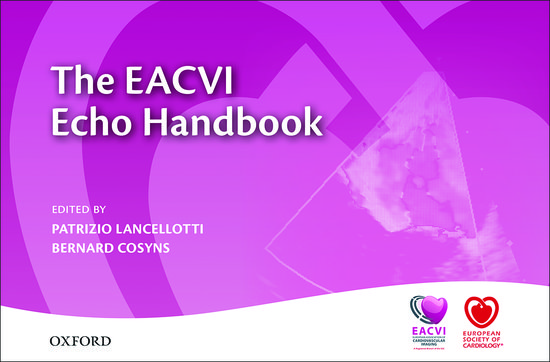The EACVI Echo Handbook PDF – The European Society of Cardiology Textbooks 
 Editors: Patrizio Lancellotti and Bernard Cosyns
Editors: Patrizio Lancellotti and Bernard Cosyns
Publisher: Oxford University Press
Publication date: 19 January 2016
Paperback: 588 pages, with more than 635 figures and charts
ISBN: 978–0–19–871362–3
16.48 MB PDF
English
Echocardiography has been in use for over 50 years yet it continues to evolve at a surprisingly rapid rate. Echocardiography has become the first-line imaging in the diagnostic work-up and monitoring of most cardiac diseases. Providing a high-quality book that encompasses what anyone in the field of echocardiography wants and needs to know has been our aim.
The EACVI Echo Handbook does not intend to be a cut-down version of an echocardiography textbook. It presents the information a busy clinician needs to review or to consult while performing or reporting an echo or making clinical decisions based on echo findings and reports the most practical information required at the bedside.
A formidable team of internationally prominent clinicians have contributed to the various chapters according to their areas of expertise. Most have published or participated in the publication of the EACVI echocardiography recommendations. The Handbook thus heavily relies on the EACVI recommendations and the updated EACVI Core Curriculum.
The EACVI Echo Handbook provides a wide range of clinicians with a foundation for the practice of the skills necessary for assessing patients using echocardiography. This book belongs on the desk of all sonographers, trainees in cardiology, cardiologists as well as other clinicians such as intensivists, anaesthesiologists, and students interested in echocardiography. It is laid out in a very logical sequence starting with how to set up the echomachine to optimize an examination and how to perform and interpret an echocardiogram accurately. The subsequent chapters are disease-focused and provide in-depth overviews of all relevant information needed in daily practice. A future digital edition is planned as a companion to the present printed edition, allowing users to access online videos to illustrate most of the topics addressed, to track favourites, keep a history of navigation, and to retrieve information even more rapidly.


